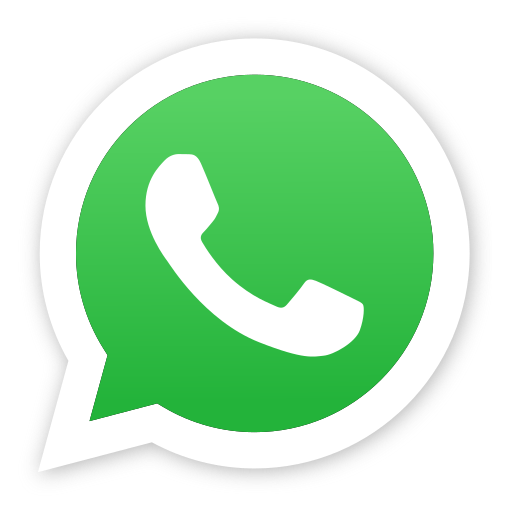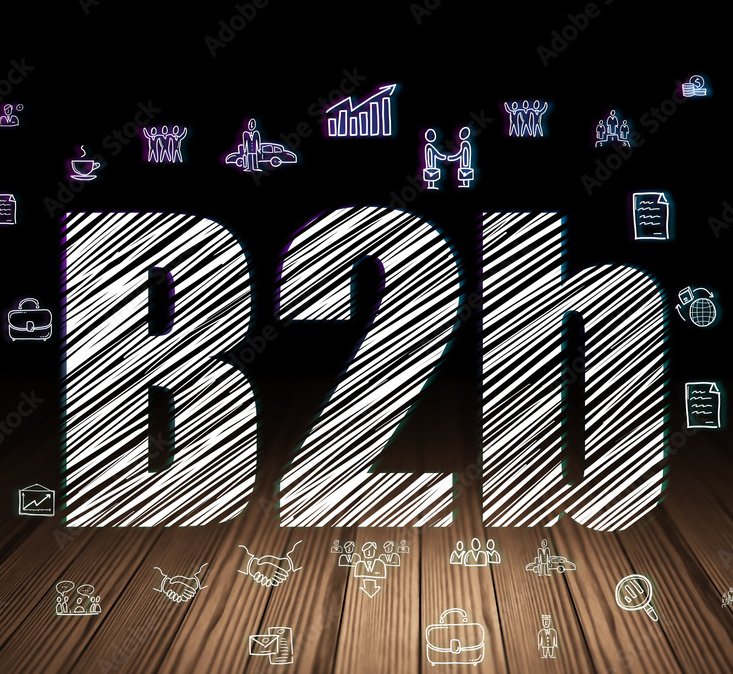5 Powerful Tips to Successfully Automate Your B2B LinkedIn Lead Generation
As a business, running your B2B marketing efforts isn’t always easy. After all, not only do you need to determine where to start finding potential customers, but you also need to nurture those leads until they convert into paying customers. In business to business marketing, we call finding potential customers “lead generation”, and very few campaigns can be successful without it.
B2B lead generation is often more difficult than in the B2C consumer market. One reason for this is that business owners don’t like to be spammed with marketing messages that may or may not be relevant to them. Likewise, they get bombarded every day with a lot of sales messages, so they’re usually more reluctant to share their information as their decisions will have an impact on their businesses.
The reluctance of B2B decision-makers to hear the latest sales pitch is one reason why LinkedIn, the best social media platform for lead generation according to HubSpot, has long had restrictions on some lead generation activities. In particular, you’re limited on how many people you can contact daily and how many actions you can perform. This forces businesses to slow down and be more deliberate with their LinkedIn lead generation.
LinkedIn lead generation can be very challenging and competitive, but there are a number of tactics you can use to ensure your B2B lead generation efforts are both human and effective.
But even with limits on the number of contacts per day, many marketers find B2B LinkedIn lead generation time-consuming. Additionally, there’s always the risk of being “rejected” for a connection. When rejection happens, B2B sales professionals find that they have wasted a lot of time chasing leads of minimal value.
Fortunately, there are some ways that your sales team can reduce the percentage of rejections and also improve contacts with existing leads. One of the best ways to do that is automation.
What is lead generation automation?
Simply put, lead generation automation is the process whereby computers take over many of the manual tasks related to finding people who could be interested in your products or services. Traditional lead generation involves sales professionals contacting people who might not know about their products and making a pitch. Other older methods include asking people to call a hotline for more information, providing an email address, and even writing to receive a brochure.
But these methods are largely outdated as they’re very time consuming, hard to scale, and difficult in terms of data tracking. On the other hand, automated B2B LinkedIn lead generation allows businesses to automatically find leads, contact them, and collect and track their responses. Then your sales team can follow up with these leads, either manually or through electronic means.
Ways to automate B2B LinkedIn lead generation
While social media-based marketing is relatively easy on other platforms, LinkedIn has more stringent controls designed to enhance privacy and reduce spam. One of the easiest ways to collect leads is by using their Sales Navigator and advertising tools. You’ll get access to built-in analytics information, which can help you adjust future campaigns so you will get better leads.
Another way to automate your B2B lead generation is with landing pages. In this case, you’ll ask people to click through your advertisement and give you some personal information. This method is old-school but still effective.
Things to consider when you automate your B2B LinkedIn lead generation
1. Know your audience
Perhaps the biggest tip we can give you is to know your audience. In marketing, we talk a lot about a “buyer persona,” or ideal customer. Aspects of a buyer persona in B2B lead generation can include industry and business type. Armed with an adequate buyer persona, you’ll know who to target for your lead generation efforts.
2. Be personal
When you reach out, be personal. Nobody wants to feel like just another “number” that you’re trying to sell something to. They also don’t want to feel like they’re getting the same pitch as everyone else. You can customize the message simply by addressing your leads by their name and offering an “exclusive” piece of content.
3. Use segmentation
Segmentation is the practice of breaking your target audience down into groups, then using a different marketing approach with each. For instance, let’s say that your company makes plastic products for both the medical industry and the food service industry. Using a different pitch deck for each industry makes the content relevant to both. It also ensures that your sales team knows which leads go with what product lines.
4. Track results
Analytics are your best friend. Really. In advertising and B2B lead generation, analytics tell you who is actually interested in your products and services. You’ll also get to see which lead generation methods work the best, both in terms of lead quality and quantity. The “numbers” also help with advertising campaign planning.
5. Integrate
Finally, integrate your automated lead generation with your Customer Relationship Management (CRM) tool. This is a database that keeps track of your leads, current customers, and other important people. If the data you collect automatically get archived into the system, you help reduce human errors. Also, it saves a lot of work because nobody has to re-enter the information.
If you’d like to learn more about how to improve your lead generation, let us know. Our team of writers can plan and prepare the content you’ll need for a successful B2B lead generation marketing campaign.








